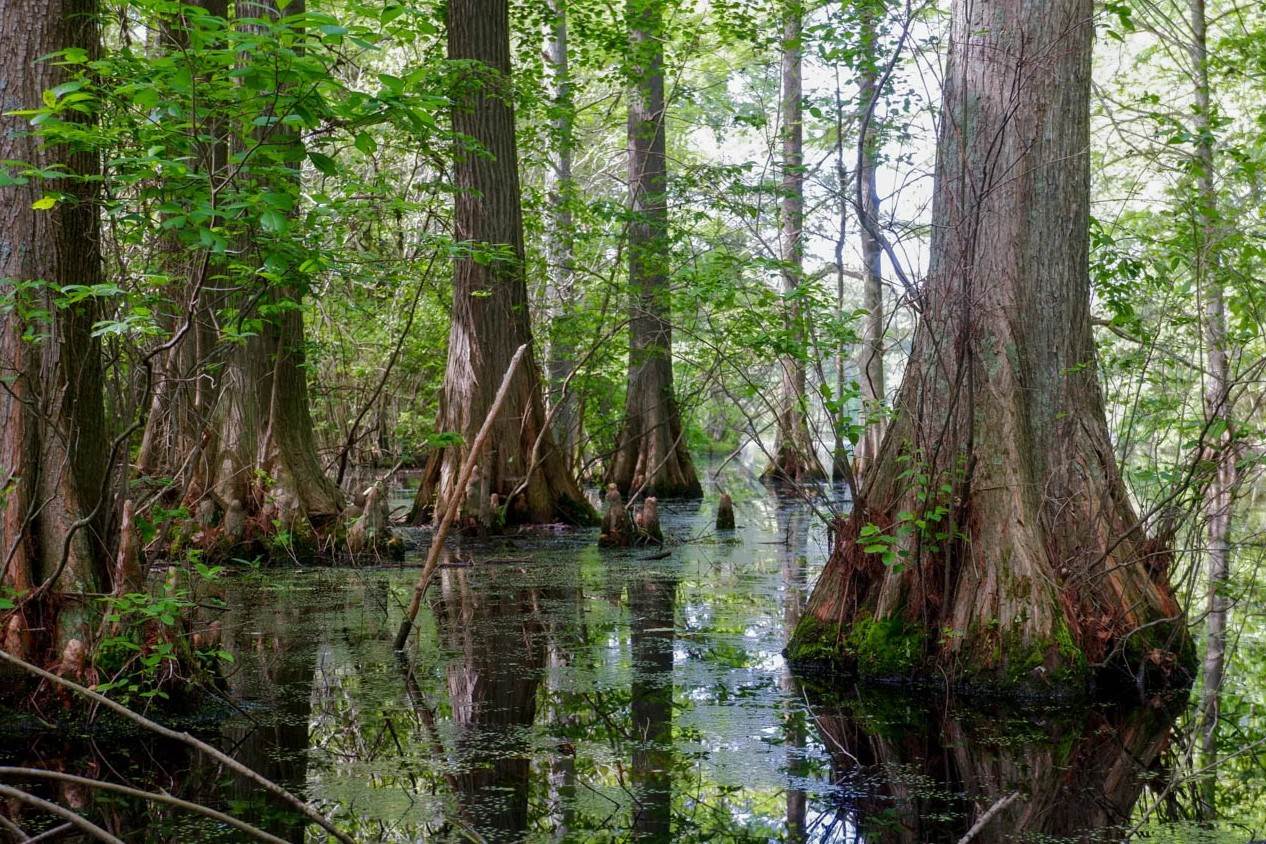Hidden Histories Of Delaware’s Trap Pond

Have you ever wondered about the hidden histories of Delaware's Trap Pond? This serene spot, known for its beautiful bald cypress trees, holds stories waiting to be told. Long before it became a state park, this area was a bustling hub for timber and agriculture. The pond itself was created in the late 1700s to power a sawmill, making it a vital part of the local economy. Over time, as industries changed, the land transformed into a haven for nature lovers. Today, visitors can paddle through the waters, hike scenic trails, or simply relax and enjoy the peaceful surroundings. Each visit offers a glimpse into the past, connecting us to the land's rich history. Whether you're a history buff or just love the outdoors, Trap Pond is a place where stories come alive.
Discovering Trap Pond's Hidden Histories
Trap Pond in Delaware is more than just a beautiful spot for outdoor activities. It's a place where history whispers through the trees and echoes across the water. Let's uncover some hidden stories that make this place special.
The Birth of Trap Pond
Long before it became a state park, Trap Pond had a different purpose. Its origins are tied to the early settlers and their need for resources.
Early Settlers' Resource: In the 1700s, settlers created Trap Pond by damming a stream to power a sawmill. This was essential for building homes and barns in the area.
Cypress Trees: The pond is home to one of the northernmost natural stands of bald cypress trees. These trees were once harvested for their rot-resistant wood, which was used in shipbuilding.
The Civilian Conservation Corps Era
During the Great Depression, the Civilian Conservation Corps (CCC) played a vital role in transforming Trap Pond into the park we know today.
CCC's Impact: In the 1930s, the CCC built facilities and trails, laying the groundwork for the park's development. Their work provided jobs and helped preserve the natural beauty of the area.
Historic Structures: Some of the structures built by the CCC still stand, offering a glimpse into the past. These include picnic shelters and the park's original entrance.
Wildlife and Conservation Efforts
Trap Pond is not just about history; it's also a haven for wildlife and a testament to conservation efforts.
Birdwatcher's Paradise: The park is a popular spot for birdwatching, with species like the great blue heron and the prothonotary warbler calling it home.
Conservation Success: Efforts to protect the pond's unique ecosystem have been successful, ensuring that future generations can enjoy its natural beauty.
Cultural Significance
Beyond its natural and historical importance, Trap Pond holds cultural significance for the local community.
Local Traditions: The pond is a gathering place for community events and traditions, from fishing tournaments to family picnics.
Educational Programs: The park offers educational programs that teach visitors about the area's history and ecology, fostering a deeper appreciation for this hidden gem.
Trap Pond is a place where history, nature, and community come together, creating a tapestry of stories waiting to be told.
Discovering Trap Pond's Past
Trap Pond in Delaware offers more than just scenic beauty. Its rich history adds depth to every visit. Once a bustling hub for lumber operations, the area has transformed into a peaceful retreat. The cypress trees, some of the northernmost in the U.S., stand as silent witnesses to the past. Exploring the park, you might stumble upon remnants of old mills or learn about the Native American tribes who once called this land home.
The park's evolution from an industrial site to a natural haven highlights the importance of preserving history while embracing nature. Whether you're kayaking, hiking, or simply enjoying a picnic, knowing the stories behind Trap Pond enriches the experience. Next time you visit, take a moment to appreciate not just the sights but the stories that make this place unique. Trap Pond is a testament to nature's resilience and history's enduring presence.

